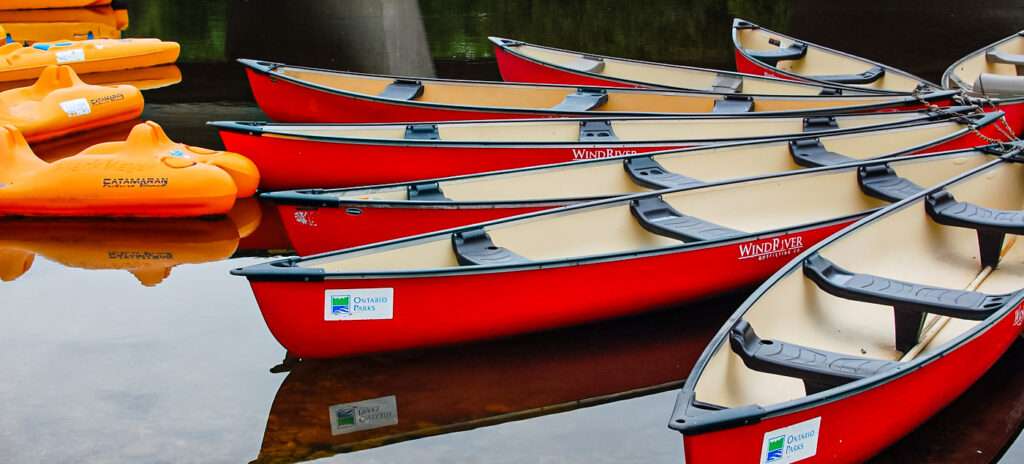You don’t have to be a paddler to know that whitewater kayaking is a dangerous sport. Fast currents, big waves, holes, drops, obstructions, and waterfalls all add to the concern, not to mention just keeping the whitewater kayak upright. These are just some of the reasons that whitewater kayakers need to keep safety at the forefront of their paddling experience. Knowing the different whitewater kayaking safety rescues is part of the safety equations. Making sure you have the right safety gear is the other part. Here is a list of the kayaking safety gear that whitewater kayakers must have and know how to use.
Whitewater PFD
The first thing that every paddler needs to make sure he or she is wearing is a pfd. While I know other people get away with not wearing a pfd in other types of paddling (although I do not agree with it), there is no shortcutting wearing a pfd in whitewater kayaking. Believe it or not I actually have a friend who did this once simply because he forgot to pack it. He came over a little routine drop but on his way over his chest met squarely with a jutting out rock which knocked the wind right out
Whitewater Helmet
Not to be outdone by pfds, helmets are just as important to a whitewater kayaker. If (and when) you flip in a whitewater kayak the first thing you must do is tuck toward the boat. Even in this position your head will smack up against rocks and whatever else is under the water. At any rate, don’t go whitewater kayaking without a helmet.
Spray Skirt
Most people don’t think of spay skirts as a safety item. Yet, not only is it a functional piece of gear that enables the paddler to roll his or her kayak and go over drops and through waves without taking on water, without a spray skirt no whitewater kayak in Class III water or above will stay afloat very long. It definitely would not be safe to kayak without a spray skirt.
Whistle
The rapids of whitewater are a noisy surrounding. If you need to signal another kayaker who is ahead of you yelling will often not accomplish this. Also, there are times when other paddlers will be around a bend or over a drop and out of the line of site. A safety whistle will be your best way of signaling them. Whitewater whistles can easily be attached to the pfd.
Whitewater Safety Rescue Rope Throw Bag
Every kayaker should also have a safety rope bag. This will come in handy when needing to rescue another paddler who is stuck in a hole, swimming in whitewater, or clinging to a rock. It is important to know how to throw a whitewater safety rope bag. I also recommend the kind that attaches to the kayaker’s waist like a belt so that when the kayaker is scouting a rapid or just taking a break the rope bag is always with them.
Whitewater Knife
Whenever a rope is involved or could be involved it is also important to carry a knife. You could get tangled up in the rope that someone throws to rescue you. Knives are also useful if you need to cut off a spray skirt if you are pinned in your kayak or even if you need to cut open a boat that is pinned. Admittedly, that would take a while but at least you were prepared.
Neoprene Booties
Proper foot wear is a necessity whenever paddling. If you end up separated from your kayak and on foot, you’ll want to make sure that your feet are protected. This can be tough where whitewater kayaks are concerned since there is often not much foot room to spare. However, even in these tight scenarios it is best to be wearing neoprene socks with rubber bottoms. These will at least cushion your feet against the boat when kayaking and if you have to walk you’ll have some protection and traction.
Dry Suits, Dry Tops, Wet Suits and Paddle Jackets
Dress for the elements. Some people like dry tops while others prefer dry suits. Wet suits are another alternative. If the water and air are cold and there is a good chance you might swim and are far from your car wear a dry suit. Ultimately this is a personal preference. I’ll leave it at that.
Paddling Gloves
While gloves certainly are not a necessary whitewater kayaking safety item they do serve an important role for those that like them. There is some debate about whether or not they actually keep your hands warm which is a topic for another discussion. However, they do in fact keep the paddler’s hands protected against sharp rocks they might encounter when they flip over.

